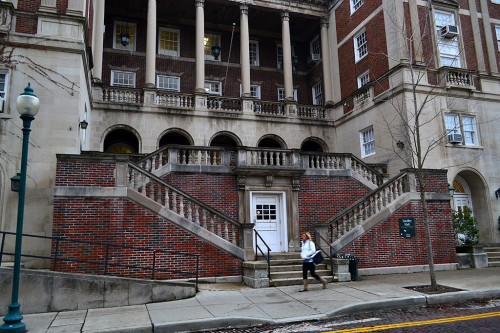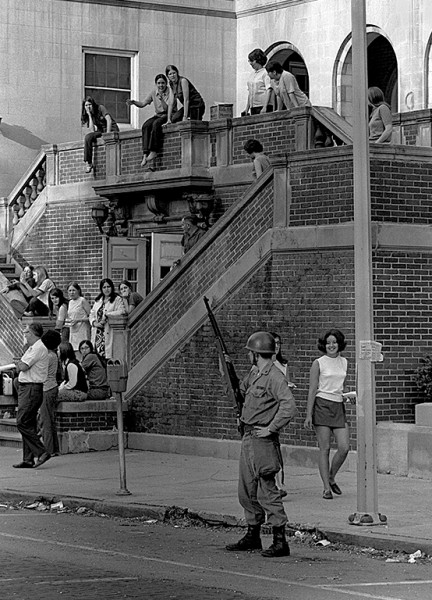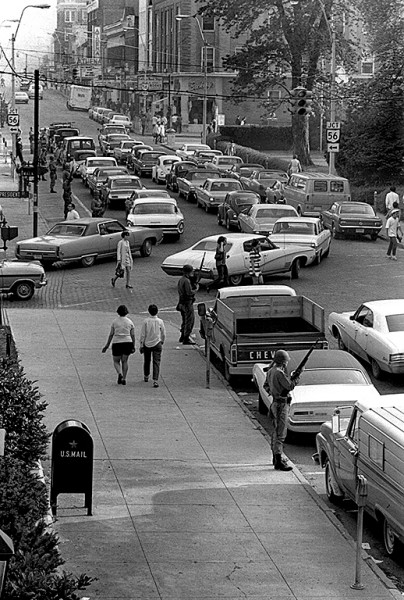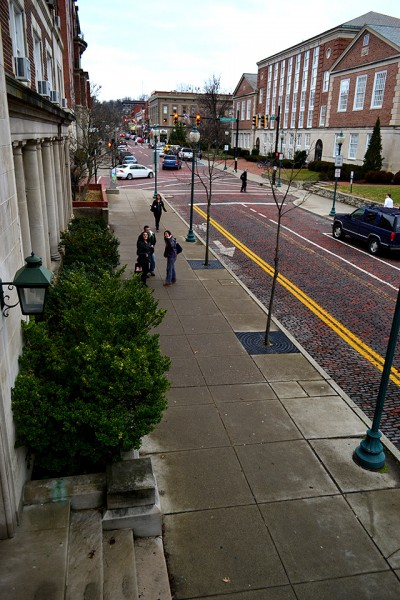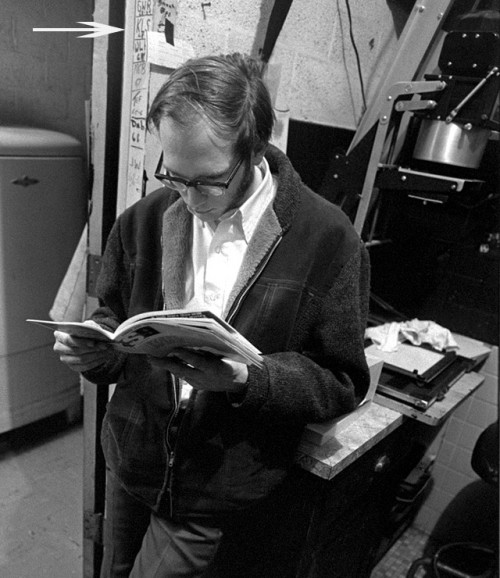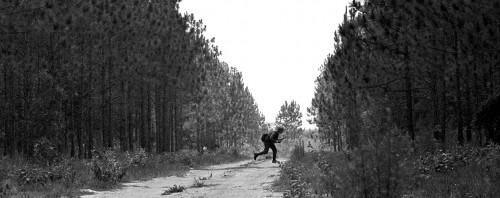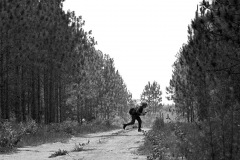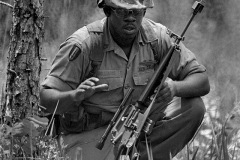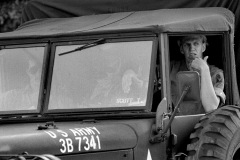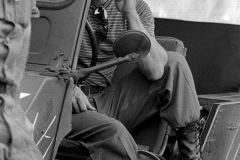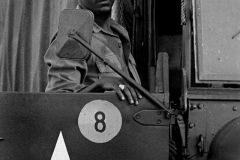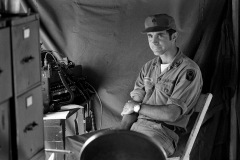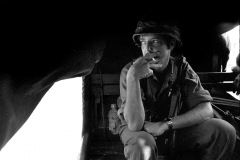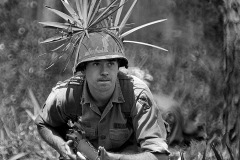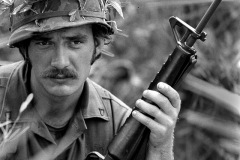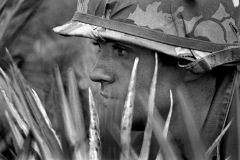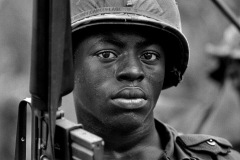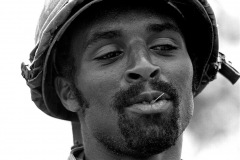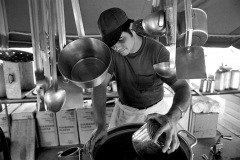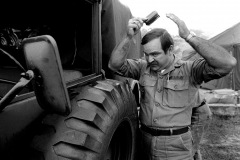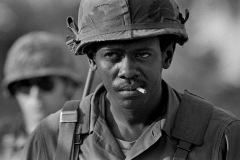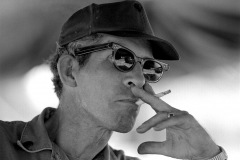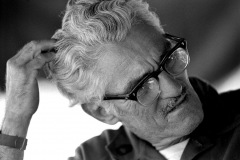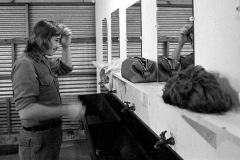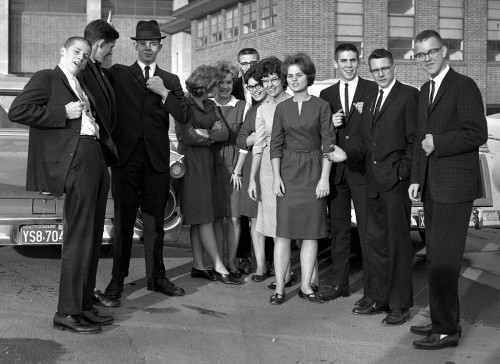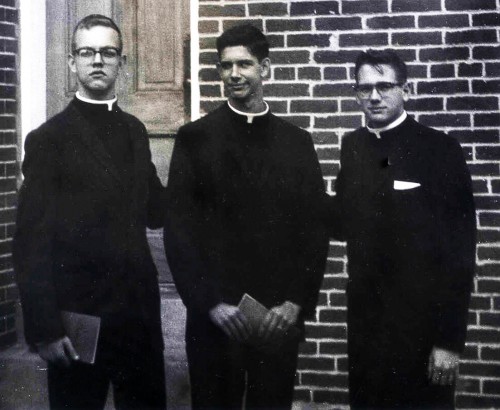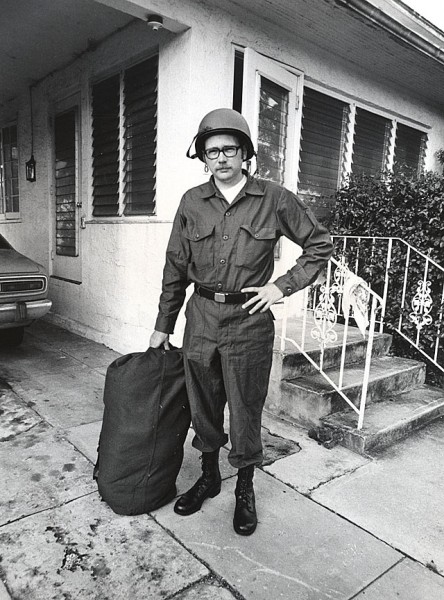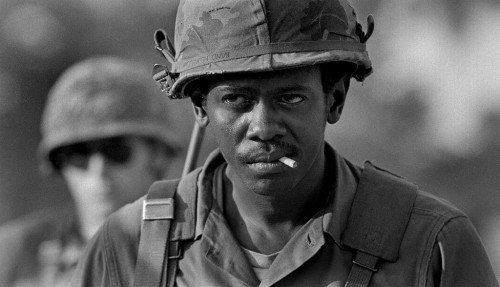 It was the summer of 1975. Saigon had fallen and the Vietnam War was over. My draft lottery was high enough that I wasn’t called, even though my draft status was 1A for a brief time in 1969.
It was the summer of 1975. Saigon had fallen and the Vietnam War was over. My draft lottery was high enough that I wasn’t called, even though my draft status was 1A for a brief time in 1969.
I talked The Post into sending me to Camp Blanding with a local National Guard unit for a week of summer camp. I wrote about the experience in 2012. On this Memorial Day weekend, my thoughts turn back to that era.
National Guard was a safe haven
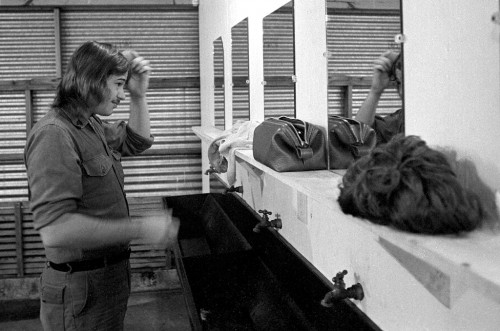 The unit was a mixture of young guys with long hair who wore wigs over their tresses serving alongside men with gray in their hair. One guardsman wore jump wings on his cap and sported tattoos on his arms listing almost every major battle in the Pacific during World War II.
The unit was a mixture of young guys with long hair who wore wigs over their tresses serving alongside men with gray in their hair. One guardsman wore jump wings on his cap and sported tattoos on his arms listing almost every major battle in the Pacific during World War II.
Seeing the elephant
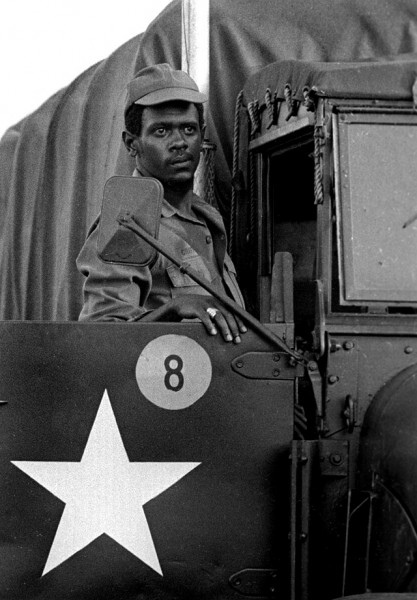 The phrase “seeing the elephant” popped up in many Civil War letters and diaries, but Curator Jessica said it’s been around longer than that. G.W. Kendall, in Narrative of the Texan Santa Fe Expedition in 1844, wrote, “When a man is disappointed in any thing he undertakes, when he has seen enough, when he gets sick and tired of any job he may have set himself about, he has ‘seen the elephant.'”
The phrase “seeing the elephant” popped up in many Civil War letters and diaries, but Curator Jessica said it’s been around longer than that. G.W. Kendall, in Narrative of the Texan Santa Fe Expedition in 1844, wrote, “When a man is disappointed in any thing he undertakes, when he has seen enough, when he gets sick and tired of any job he may have set himself about, he has ‘seen the elephant.'”
I didn’t know much about the background men in the unit, but I could see in the eyes of some of the guardsmen they were looking way beyond the pines and palmettos of north central Florida. What was a war game to most was very real to some.
2000-Yard Stare
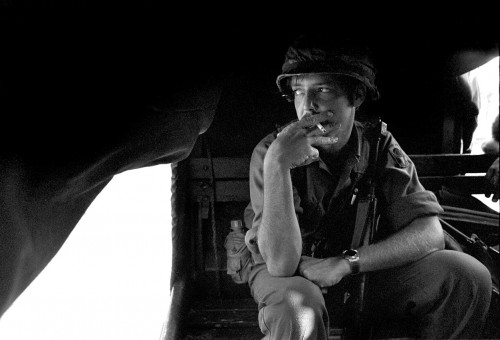 Life Magazine published a painting by World War II artist and correspondent Tom Lea in 1945. The 1944 panting of a Marine at the Battle of Peleliu – the site of the highest casualty rate of any battle in the Pacfic – became known as the 2,000-Yard Stare.
Life Magazine published a painting by World War II artist and correspondent Tom Lea in 1945. The 1944 panting of a Marine at the Battle of Peleliu – the site of the highest casualty rate of any battle in the Pacfic – became known as the 2,000-Yard Stare.
Lea said of his subject, “He left the States 31 months ago. He was wounded in his first campaign. He has had tropical diseases. He half-sleeps at night and gouges Japs out of holes all day. Two-thirds of his company has been killed or wounded. He will return to attack this morning. How much can a human being endure?”
Memorial Day is more than picnics and a day off from work.

